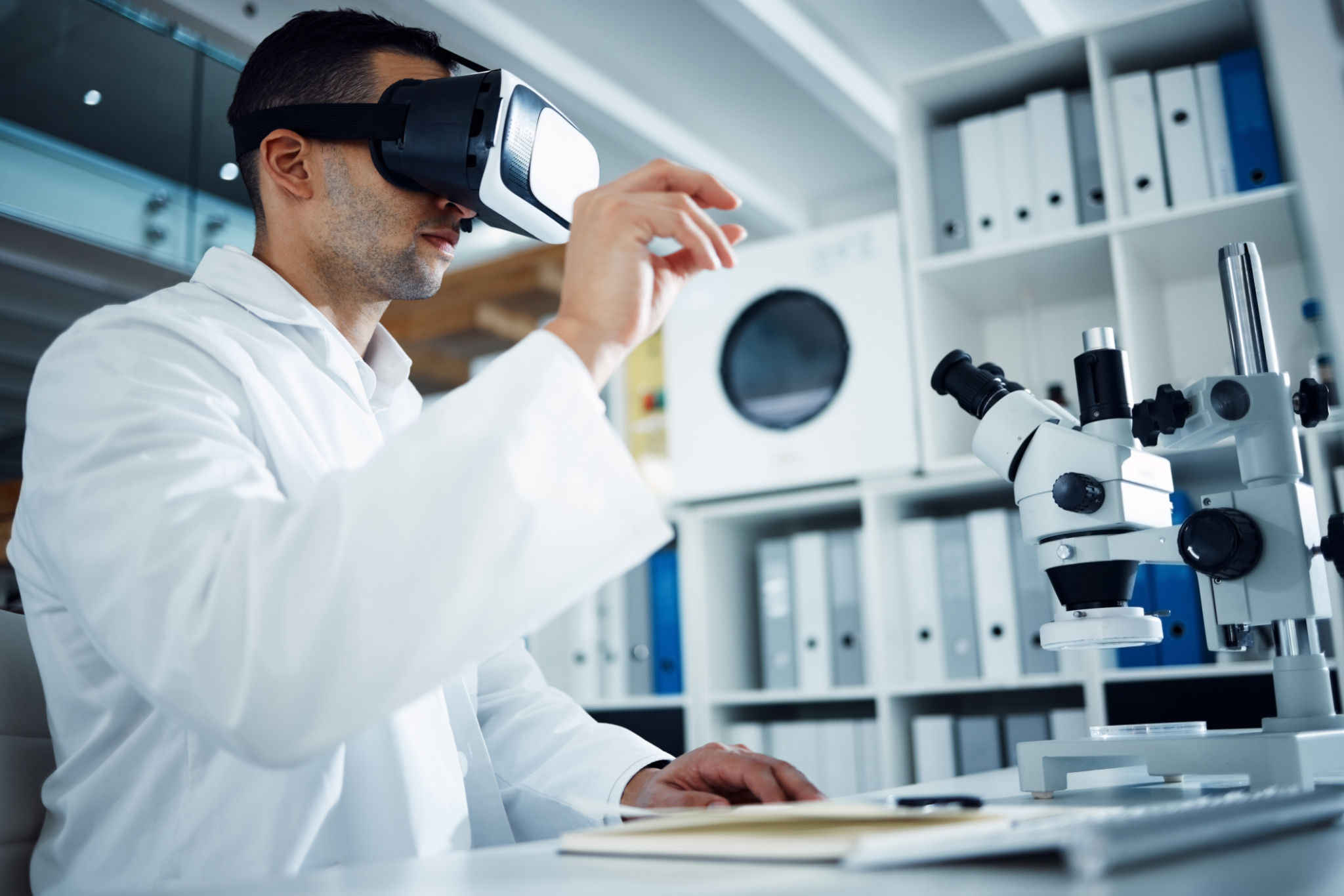The Future of Tele Urgent Care: Convenient Healthcare at Your Fingertips
TA
Introduction to Tele Urgent Care
In recent years, the healthcare industry has witnessed a transformative shift towards digital solutions, and tele urgent care is at the forefront of this change. As technology continues to evolve, accessing medical care has become more convenient than ever, empowering patients to receive prompt medical attention right from the comfort of their homes.
Tele urgent care combines the immediacy of urgent care services with the accessibility of telemedicine, offering a hybrid model that meets the demands of modern-day healthcare. This innovative approach is poised to revolutionize how we perceive and interact with healthcare services.

Benefits of Tele Urgent Care
The primary advantage of tele urgent care is its unparalleled convenience. Gone are the days when patients had to endure long wait times in crowded waiting rooms or rush to a clinic during odd hours. With tele urgent care, patients can connect with qualified healthcare providers through their smartphones, tablets, or computers at any time.
Moreover, this model ensures that patients receive timely medical advice and treatment for non-life-threatening conditions. From minor injuries and infections to cold and flu symptoms, tele urgent care is equipped to handle a wide array of medical issues efficiently.
Accessibility for All
One of the most significant benefits of tele urgent care is its ability to reach underserved populations. Rural areas, where access to healthcare facilities is often limited, can greatly benefit from virtual consultations. This not only saves time and travel expenses but also reduces the burden on local healthcare systems.

Technology and Innovation
The advancement of technology plays a crucial role in the expansion of tele urgent care. Secure video conferencing platforms, user-friendly mobile applications, and electronic health records (EHR) integration make virtual consultations seamless and efficient.
Additionally, as wearable health devices become more prevalent, patients can easily share real-time health data with their providers, enhancing the quality of remote diagnosis and treatment.
Challenges and Considerations
Despite its numerous advantages, tele urgent care does face certain challenges. Ensuring patient privacy and data security is paramount, requiring robust cybersecurity measures. Additionally, there must be a concerted effort to educate both patients and providers about the effective use of telehealth technologies.

The Road Ahead
As we look to the future, the potential for tele urgent care is immense. With continuous technological advancements and increased acceptance among patients and healthcare providers alike, tele urgent care is set to become an integral part of mainstream healthcare.
Healthcare systems are likely to invest more in telehealth infrastructure, ensuring that tele urgent care becomes more accessible and efficient for everyone. This will be crucial in addressing healthcare disparities and ensuring that quality care is within everyone's reach.
Conclusion
The future of tele urgent care is bright, offering a glimpse into a world where healthcare is truly at our fingertips. As technology continues to advance and integration becomes smoother, tele urgent care promises to deliver faster, more efficient, and more accessible healthcare solutions for all.
